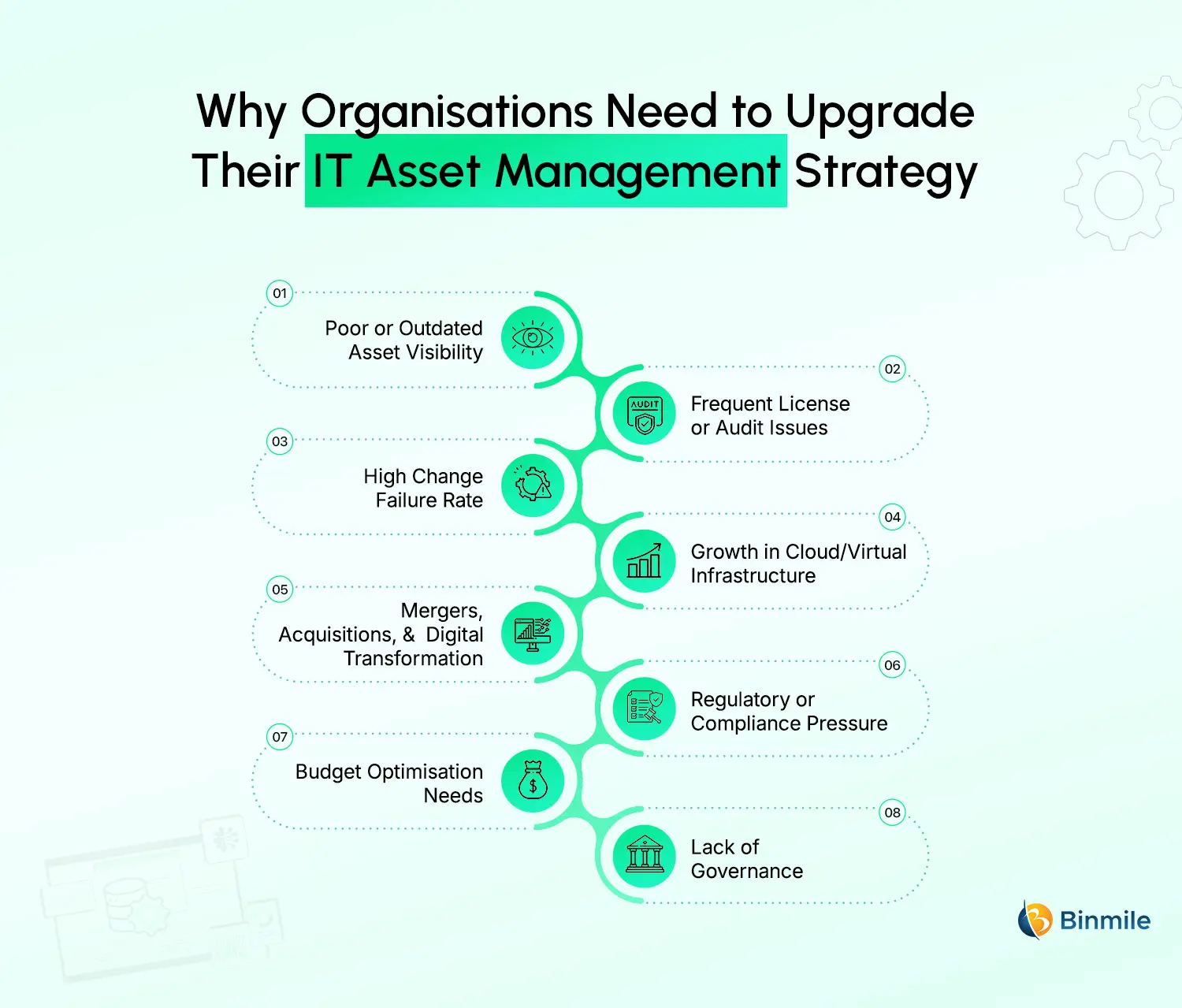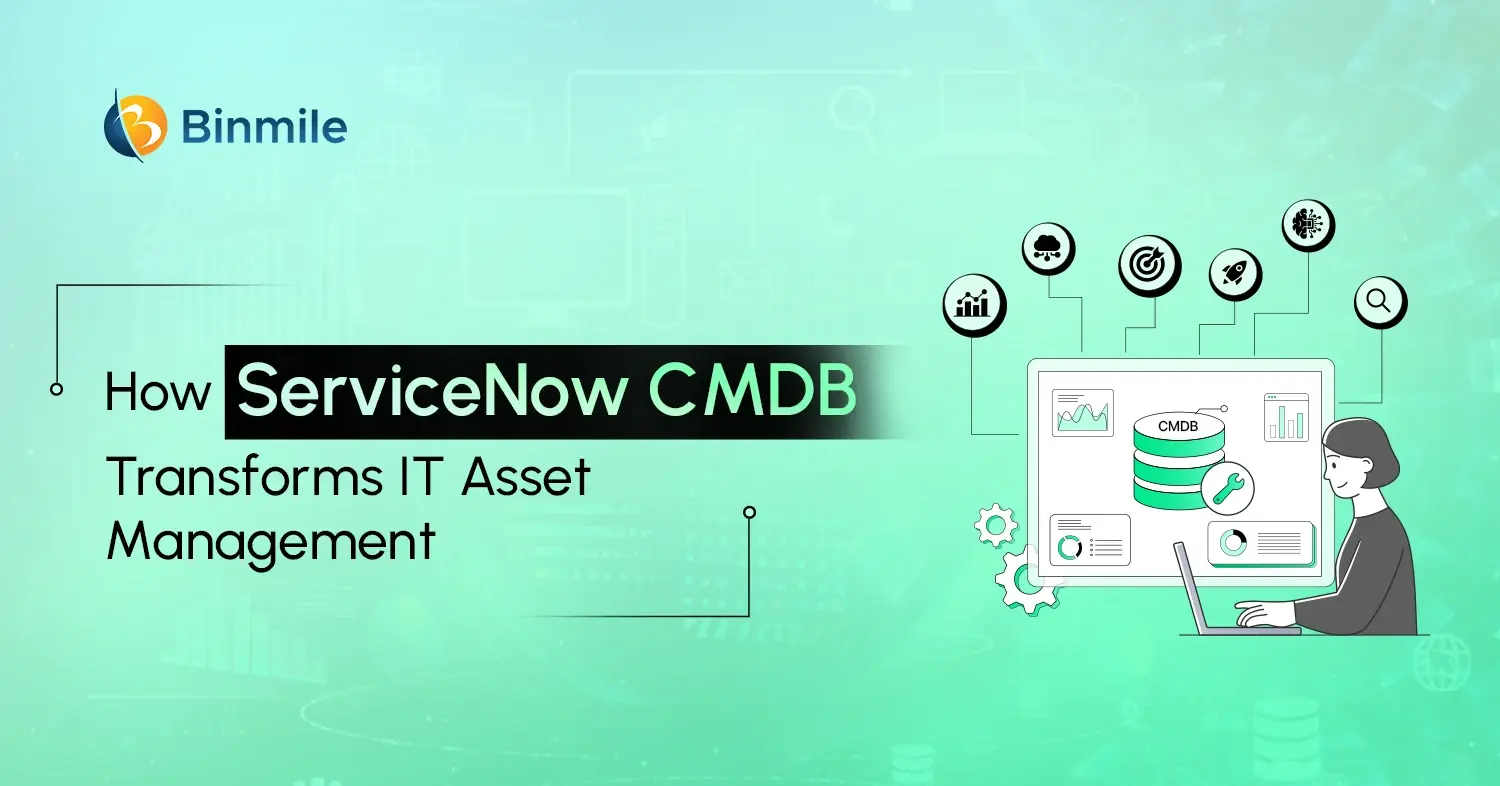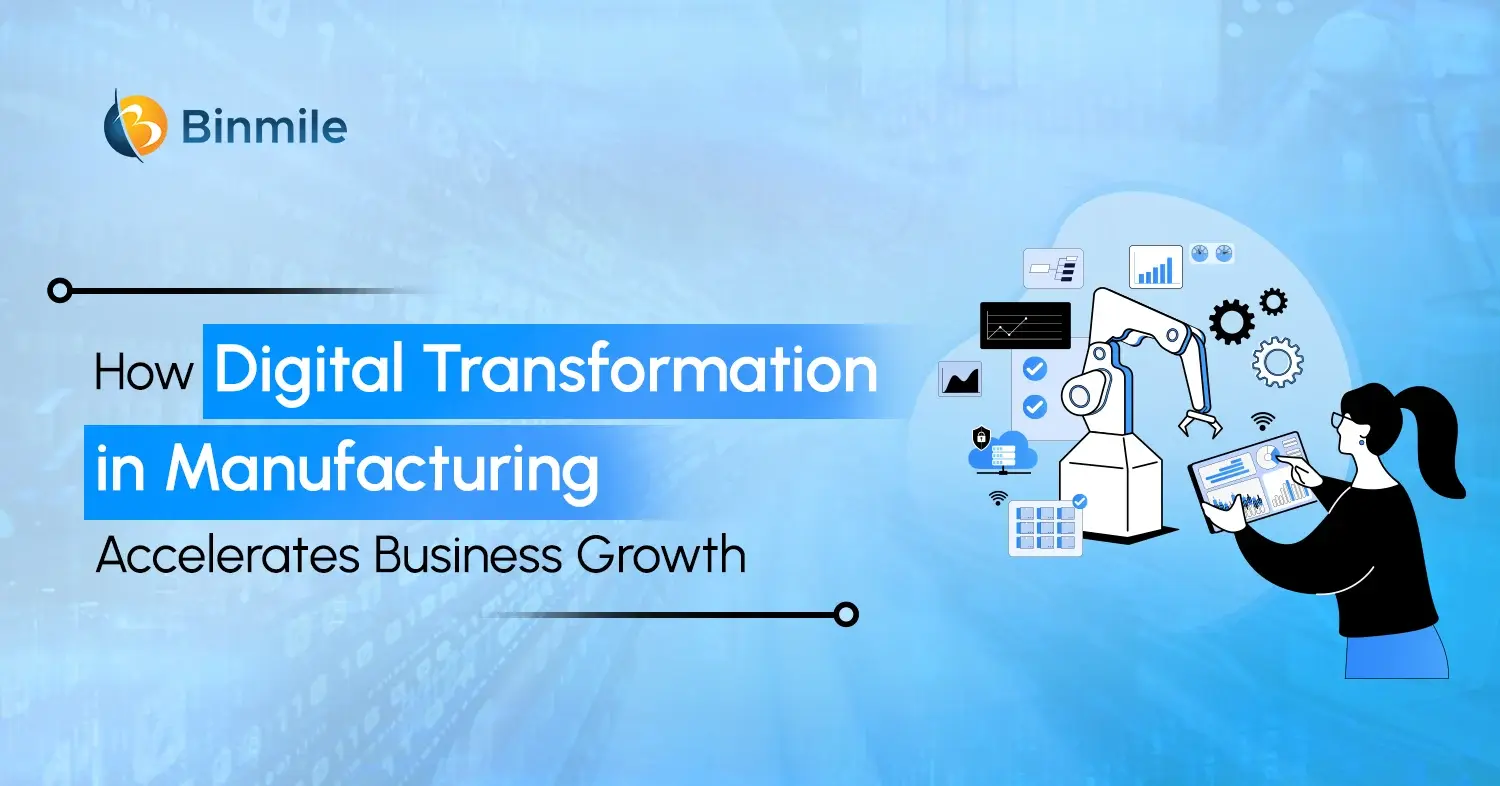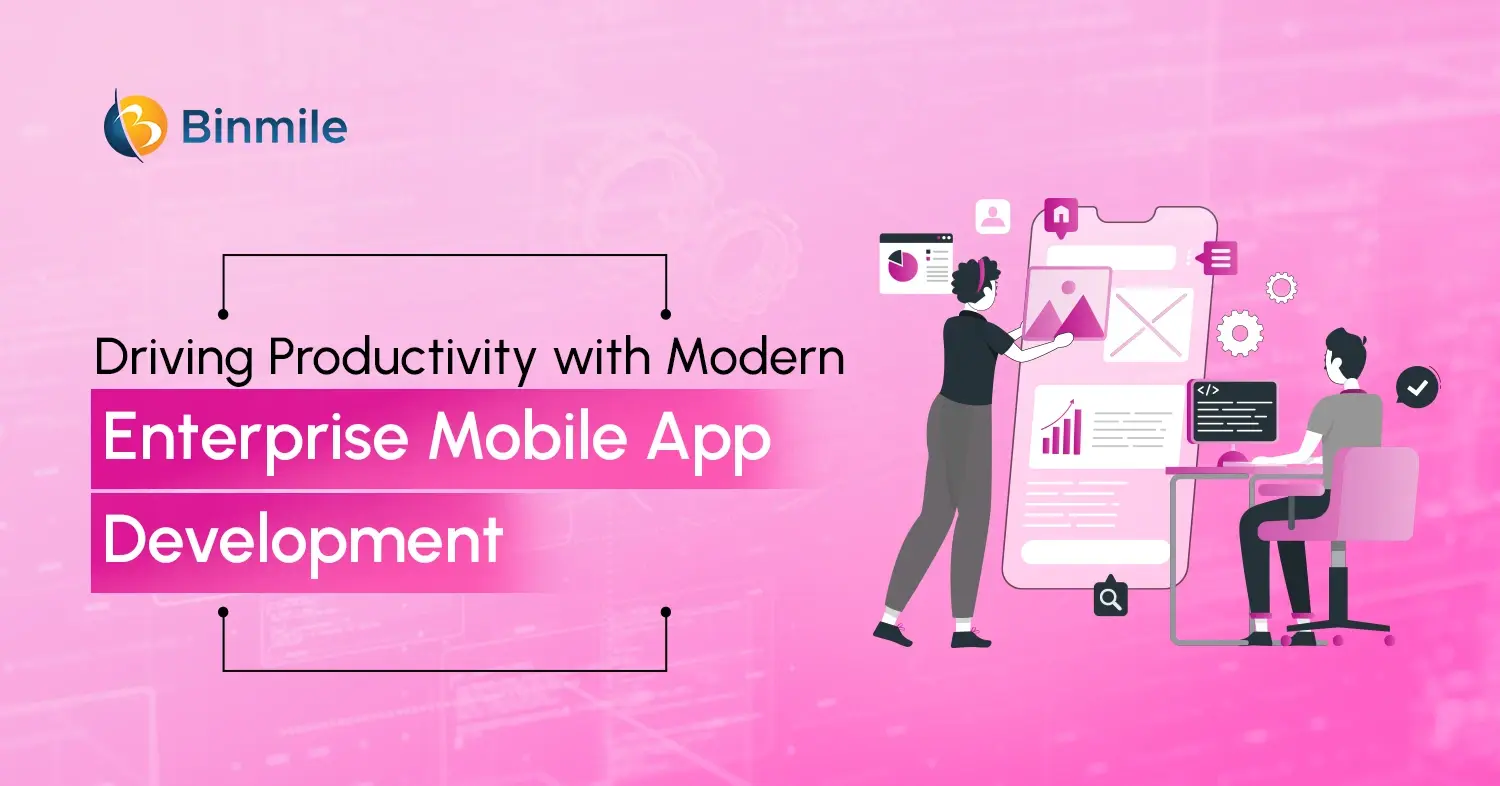According to recent market research, the global CMDB software market is projected to grow from US$18 billion in 2024 to over US$35 billion by 2033, underscoring how essential configuration data is becoming for modern IT operations. This growth reflects a common challenge for most businesses today. They are expanding their technology footprint faster than they can maintain clarity about what they own, how those assets are configured, and how they impact the services the business depends on.
In this blog, we will explore what is driving the increasing importance of IT asset management, the reasons to use ServiceNow CMDB, and how it modernises it. In addition to this, which features make the biggest impact, when organisations should rethink their strategy, and how an expert partner can help you transform your IT asset management with ServiceNow.
What is IT Asset Management and Why Does It Matter in 2026?
IT asset management, at its core, is about gaining visibility, controlling costs, and reducing risk across all your technology assets over their lifecycle. For years, enterprises have primarily focused on managing their hardware resources. However, due to their reliance on distributed, hybrid, and cloud environments, organisations must now oversee multiple technology resources. This includes software, virtual machines, and containers, as well as SaaS subscriptions.
By 2026, IT asset management will become even more strategic because:
-
Cost Pressures are Rising
Enterprises’ cloud spending, software, and license purchases often remain untracked, leading to spend leakage and budget compliance risks.
-
Regulation and Compliance Risk are Increasing
Audits on software licensing, data security regulations, and data sustainability all require more moderated and traceable IT environments.
-
Complexity of IT Environments
Hybrid infrastructure and microservices, as well as environments with auto scaling, require an adequate management system far exceeding that of traditional spreadsheets.
-
Operational Efficiency Matters
Relationships strengthen once teams are able to accurately identify their IT assets, in addition to their configurations, as this aids in preventing service outages, expediting operational processes, and improving incident management.
Moreover, the IT asset management ServiceNow market itself is growing quickly: analysts forecast several billion-dollar growth in the next few years.
How Does ServiceNow CMDB Modernise IT Asset Management in 2026?

When organisations integrate CMDB with IT asset management practices with a powerful platform like ServiceNow, they unlock a unified source of truth for their entire IT assets, rather than separate teams maintaining disconnected spreadsheets. A ServiceNow CMDB implementation builds a live, accurate map of your Configuration Items (CIs), how they relate, and how they support services.
Here is how ServiceNow CMDB modernises IT asset management:
-
Single System of Record
The details of hardware, software, virtual machines, networked devices, etc., can all be stored directly in the CMDB. Thereby, tracking audits, compliance, and life cycles provides a greatly higher credibility.
-
Automated Discovery and Dependency Mapping
Your environment can be continuously scanned using ServiceNow’s discovery tools (or connectors). In this way, configuration items (CIs) are added, updated, or retired automatically in order to lower manual work and decrease errors.
-
Better Change & Risk Management
The CMDB shows what dependencies are there when a change is proposed to assess the consequences. This helps avoid outages, making highly informed changes, and reducing overall risk.
-
Service-Centric Visibility
IT-aligned CMDB service allows the IT teams to not only see the individual assets, but also how each of them contributes to the overall business-critical services. Additionally, this makes prioritisation and investment decisions more astute.
-
Compliance & Audit Readiness
ServiceNow CMDB architecture helps to be prepared for audits and be compliant (along with licensing and regulatory compliance). This is done by accurately tracking software versions, usage of licenses, and configuration.
-
Cost Optimisation and IT Asset Investment
Having a clear view of what assets you have, how each of them is used, and their relation to business services would help you make better IT Asset Investment decisions.
By modernising through CMDB Asset Management, organisations can make their asset data actionable, accurate, and aligned with their business goals.
Need help modernising your IT asset management strategy with ServiceNow?

Which ServiceNow Features Make the Biggest Impact on IT Asset Management?
ServiceNow offers a rich set of capabilities that make a real difference for ITAM teams. Here are some of the most impactful features:
-
ServiceNow IT Service Management (ITSM) Integration
ServiceNow IT service management Integration with CMDB permits incidents, changes, and problems to be dealt with in light of the ever-changing configuration situation. Additionally, it aids in arriving at better decisions faster and with less effort.
-
Service Graph Connectors & Discovery
These innovations permit the automated discovery of assets on the cloud, in virtual environments, and within on-premises systems. Additionally, the obtained relationships and their arrangement in CIs substantiate the formation of precise dependency models.
-
CMDB-CSDM Implementation
An encouraging outcome of adopting ServiceNow CMDB-CSDM Implementation will be a satisfactorily aligned state with CMDB best practices. Additionally, the CSDM will offer typical definitions, hierarchies of relationships, and consistency in the service mapping. This will help in lesser data duplication, better understanding, and greater enterprise scaling.
-
ITAM (ServiceNow ITAM)
The ServiceNow ITAM module combines software license management, lease management, and service lifecycle tracking with the CMDB. Further, this alleviates asset owners and ITAM teams of the need to use different systems.
-
Custom App Development with ServiceNow
Where the assets or configuration workflows require a unique approach, custom app development with ServiceNow Platform has the potential to augment its standard modules. This helps to provide tailored dashboards, automation, or workflows.
-
Asset Reconciliation & Reconciliation Engine
ServiceNow supports the CMDB by deduping, merging, and maintaining clean and accurate records of conflicting and present from multiple data sources (Discovery, Imports, and Manual).
-
Reporting, Analytics & Dashboards
With ServiceNow’s analytics, you can build dashboards to overview, monitor, and manage your spend. Additionally, review asset health, usage and license compliance to optimise operational and overall spend efficiency.
-
Automation and Orchestration
Automating workflows within your processes can trigger the system to retire old hardware, request disposal. Furthermore, raise change tickets at relevant lifecycle milestones to reduce manual effort and error.
-
Governance and CMDB Lifecycle Management
ServiceNow helps you define and implement governance policies to rationalise and define CI class ownership, change approvals, and control ongoing data hygiene.
-
ServiceNow Managed Services
ServiceNow managed services providers can take care of the operational tasks to help you maintain data accuracy and scale the configuration management optimally for your organisation.
These features, when leveraged correctly, make IT asset management solutions in ServiceNow not just theoretically powerful but practically transformative.
When Should Organisations Upgrade Their IT Asset Management Strategy?

Asset management strategy gaps become most evident when visibility becomes compromised. If organisations keep using spreadsheets, manual updates, or have no cohesive asset management strategy, data about assets becomes old very quickly. Furthermore, this leads to operational and audit risks and undermines IT asset management best practices. Frequent licensing problems, audit surprises, and unclear software usage are symptoms indicating the need for improved lifecycle tracking, reconciliation, and systems consolidation.
Operational challenges leave no room for further delay. Additionally, an increased configuration change failure rate, post-deployment outages, and a lack of visibility into configuration dependencies suggest that the current configuration is inadequate for the modern hybrid environment. Thus, the increase in cloud and virtual infrastructure use, particularly during mergers, digital transformations, and highly regulated environments, underlines the need for improved agility and modern data management in IT asset management.
Ready to build a future-proof ITAM roadmap on ServiceNow?

How Binmile Can Transform IT Asset Management with ServiceNow
Upgrading IT asset management becomes far more effective when backed by solid expertise in ServiceNow CMDB implementation. Binmile helps organisations build an accurate, scalable CMDB by aligning it with CSDM standards. Additionally, setting up discovery and reconciliation with CMDB, and integrating IT asset management. This creates a clean, reliable system of record that reduces manual effort and gives teams real visibility into assets, configurations, and service relationships.
For businesses that need customisation or ongoing support, Binmile extends capabilities through custom app development with ServiceNow and long-term managed services. Therefore, this keeps CMDB data healthy and strengthens governance. Additionally, helps organisations make smarter IT Asset Investment decisions by eliminating redundant assets, improving compliance, and forecasting needs more confidently.
Frequently Asked Questions
Asset management in ServiceNow concerns the costs and ownership of digital and physical assets, including tracking the various management and usage stages of these assets. Asset management differs greatly from CMDB greatly which concerns itself with configuration items, their services, service mapping, and dependencies. In ServiceNow, asset management and CMDB are interdependent, in that asset management provides the CMDB with financial and lifecycle visibility, whereas the CMDB provides asset management provides the topology.
The best is determined by what you need; however, ServiceNow is the best value in comparison to competing enterprises. This is because the other competitors do not integrate CMDB, ITSM, and ITAM into one platform, which ServiceNow does. ServiceNow additionally does discovery and lifecycle management with governance and reconciliation under one platform.
ServiceNow CMDB enhances change planning and risk management through improved visibility of configuration items. As ServiceNow CMDB enables better visibility for relationships and dependencies, incident resolution is also faster, preventing configuration drift. As a result, service disruptions are reduced and operations are more predictable.
A well-maintained CMDB helps identify unsupported software, misconfigurations, unauthorised assets, and shadow IT. By cross-referencing and correlating this with asset data, you can proactively identify and retire risky assets and remain audit-ready and compliant with policy enforcement.
Binmile has extensive ServiceNow expertise and a strong track record in CMDB-CSDM design with discovery, reconciliation, and automation. This helps you accomplish clean governance with custom workflows through custom app development on ServiceNow and boosts the ongoing managed ServiceNow return.
Begin with a baseline assessment: catalogue your assets, determine how they are tracked, identify discovery gaps, and assess your existing CMDB (if applicable). Engaging a specialist early helps institute proper data model design, governance, and automation from the start.









